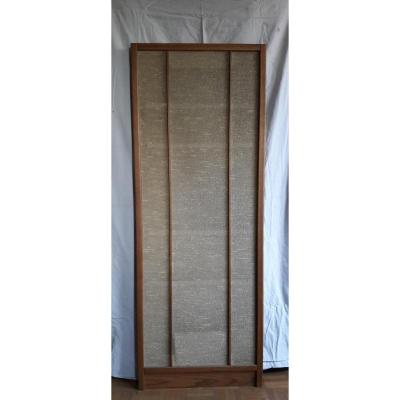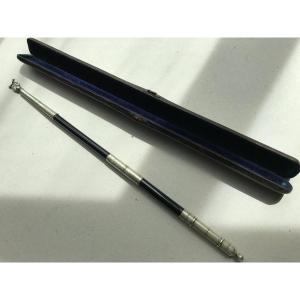Requires tuning and minor restoration.
Grand or horizontal piano with strings and soundboard in a horizontal position, made of wood, with faceted front legs terminating in metal scrolls, and lyre-shaped pedals, following, as was common at the time, models inspired by classicism. The music stand and other panels of the instrument are decorated with openwork architectural and vegetal elements. Sébastien Erard began working in France (Paris) in the mid-18th century and built his first small piano around 1777. After the French Revolution, he settled in London, where he quickly opened a workshop that became very successful. He returned to Paris in 1796, but part of his family remained in England, where he continued to make pianos throughout the 19th century, considered the best in the world at the time, until the beginning of the 20th century. After the First World War, Erard suffered greatly, continuing a slow decline until, in the mid-20th century, the name was sold to several manufacturers, until the German company Schimmel bought the rights in 1971. -
Dimensions: 1.36x2.46x0.97 m


















































 Le Magazine de PROANTIC
Le Magazine de PROANTIC TRÉSORS Magazine
TRÉSORS Magazine Rivista Artiquariato
Rivista Artiquariato